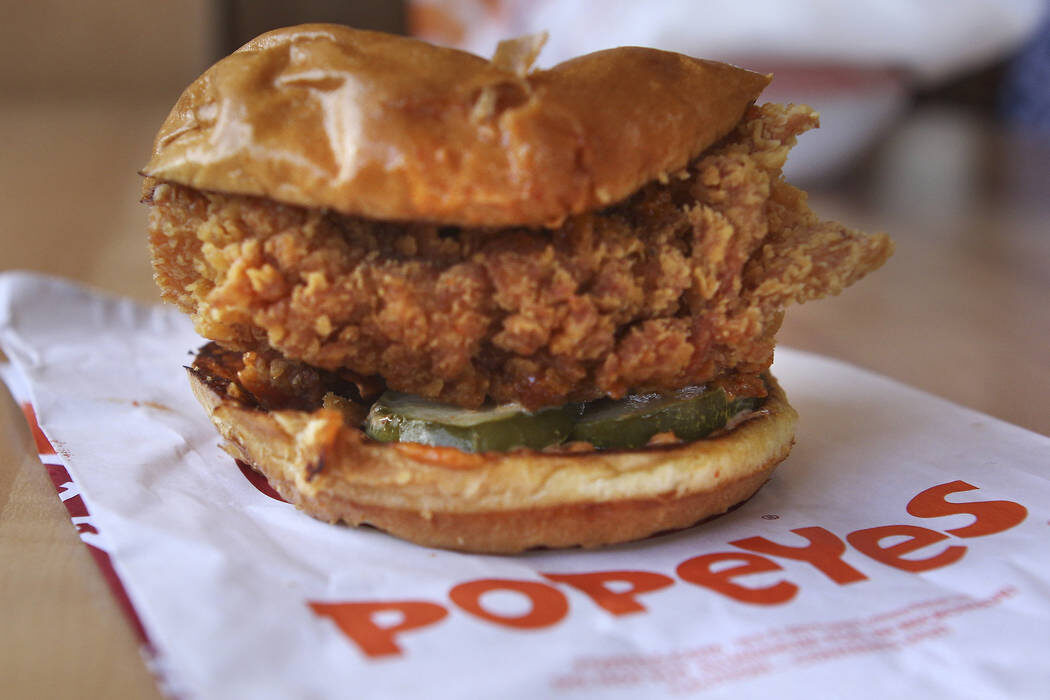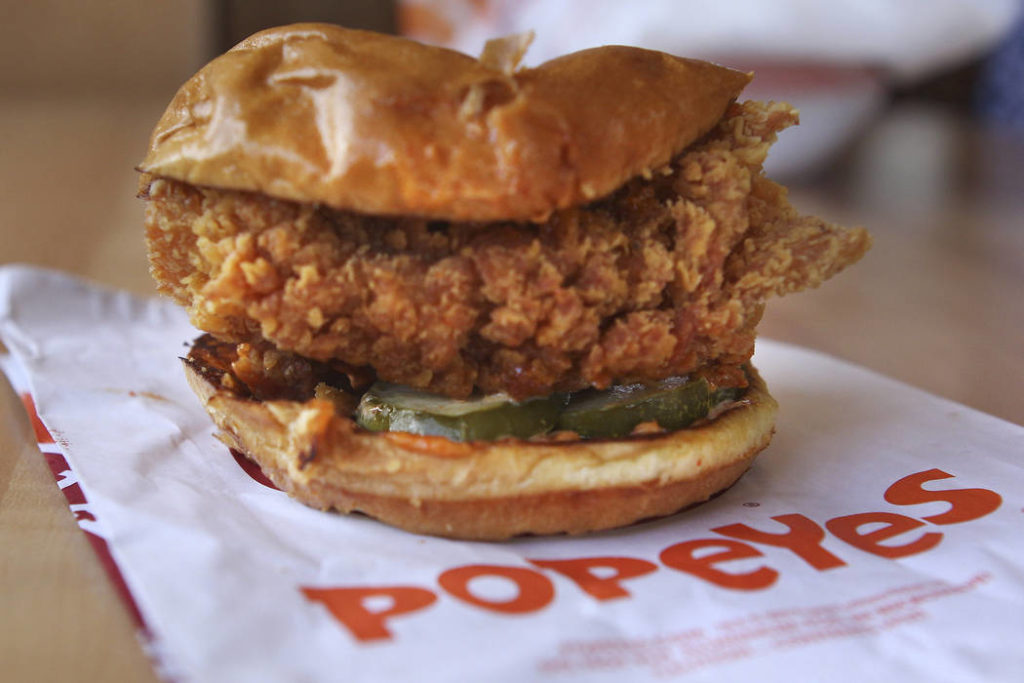As the Coronavirus Spreads, Restaurants Fight Scare with Super Hygiene Tactics
On December 31, 2019, China reported several cases of pneumonia caused by an unknown virus in the port city of Wuhan. One week later, the World Health Organization (WHO) announced that they had identified the causative virus as belonging to the coronavirus family.
How the Coronavirus Began
There are several speculations as to how the virus first affected humans. Whether the Wuhan coronavirus found its way via workers at the Huanan Seafood Wholesale Market, leapt from bats to humans, or, as conspiracy theorists are prone to believe, is associated with weapons research at the Wuhan Institute of Virology, it’s clear that it has changed the face of China and possibly the world…at least for now.
And restaurants are not immune.
McDonald’s recently shut down approximately 300 restaurants in China and set up an epidemic task force in response to the virus. A Chinese restaurant in San Gabriel that specializes in dry hot pot from Wuhan has seen their orders cut in half. Diners are changing their destinations, leaning away from big city Chinatowns. When a Philadelphian took a random Facebook poll, 40 out of 100 respondents said that, for now, they would avoid Philadelphia’s Chinatown.
Dr. Allen Chan, owner of Jasmine Seafood Restaurant in San Diego, reported to 10News that, after the WHO declared an international public health emergency due to the Wuhan coronavirus, customers dwindled. As a doctor, he decided to take things into his own hands and “fight the fear with hyper hygiene.”
He installed sanitation pumps at the entrance, and reminded customers to avoid double-dipping or shared cups. Remarkably, he even played the CDCs notes on the virus on a giant projector. He’s also ordered masks for servers which, due to high demand, are on back order. While some restaurant operators may see these actions as a little over-the-top, Chan’s customers seem to appreciate his actions and concern.
Steps to Help Keep Guests and Employees Safe
For those in the restaurant industry, there are simple steps you can take to minimize the chance of a virus, be it the now infamous Wuhan coronavirus or the common influenza, from gaining hold in your establishment and taking down staff and customers alike.
Laurie Garret, a reporter who traveled throughout China and Hong Kong during the SARS epidemic of 2003, shared in Foreign Policy the several important steps she learned to help her keep virus-free despite being in both cities and rooms with those who were infected. Here are a few or her tips as well as other important preventative strategies that restaurants can incorporate.
- Take a close look at public areas where people commonly put their hands. This includes doorknobs, menus, and the back of chairs. Be sure to wash these areas regularly, as well as handheld devices that your staff commonly uses such as phones, keyboards, stairway banisters, and POS systems.
- Frequently used items such as towels in the kitchen and pens in the front of the house should be given out with the names of staff members written on them. Viruses thrive in damp towels, so make sure that the staff is aware of this and that they trade in their towels for new dry ones on a regular basis.
- If you offer family meal style food or group appetizers, nudge your guests to avoid double-dipping by supplying an abundance of utensils and small plates. Consider creating individual serving size portions.
- Put a sign up for both guests and staff reminding them to avoid touching their face, including rubbing their eyes, and washing their hands frequently, particularly after touching surfaces that are commonly handled. Single-use gloves in the kitchen are always a good idea as well as a reminder to follow established hygiene practices by washing their hands before handling food, after using a tissue, coughing or sneezing, and after eating or drinking.
- Retrain staff on the basics of good hand washing practices which includes scrubbing in between fingers, under nails, and washing for a minimum of 20 seconds.
- Masks, on the other hand, may not be very helpful, and are a visual reminder of the reason that many people have opted to forego dining out for now. If one of your staff comes to work with signs or symptoms of an illness, it’s best to send them home. In this day and age of labor shortages, it can be tempting to ignore the signs that an employee is sick, but your guests and other employees will appreciate your consideration regarding their health and well-being.
- With the current estimated incubation period (time of exposure to the development of symptoms) of the coronavirus ranging anywhere from 2 to 14 days, people may be contagious before they even know that they are sick. Because of this, those in the hotspots, such as McDonald’s, have gone so far as to measure the body temperatures of all employees when they get to work.

Keep in mind that, while some people are putting in their online orders for masks, meals, and services, and avoiding human contact as much as possible, others are wondering why mass hysteria seems to be setting in.
Just to put things into perspective, last year’s flu season resulted in approximately 34,200 deaths in the U.S alone. While this may do little to ease your fears regarding an unknown virus and its potential mortality rate, numbers like this remind us that we live in a world inundated with viruses, bacteria, mold, fungi, and tiny insects that we cannot see, but can kill us. Feel better?
While it’s important to take necessary precautions, it’s also wise to maintain calm amidst a storm of unending end-of-the-world diatribes. The unknown has always had the ability to take our minds and run with the worst-case scenarios. While we don’t know when the virus will die off or the final toll it will take, we do know that, as with any virus, by taking necessary precautions, we can minimize the risk to both our customers and employees.










